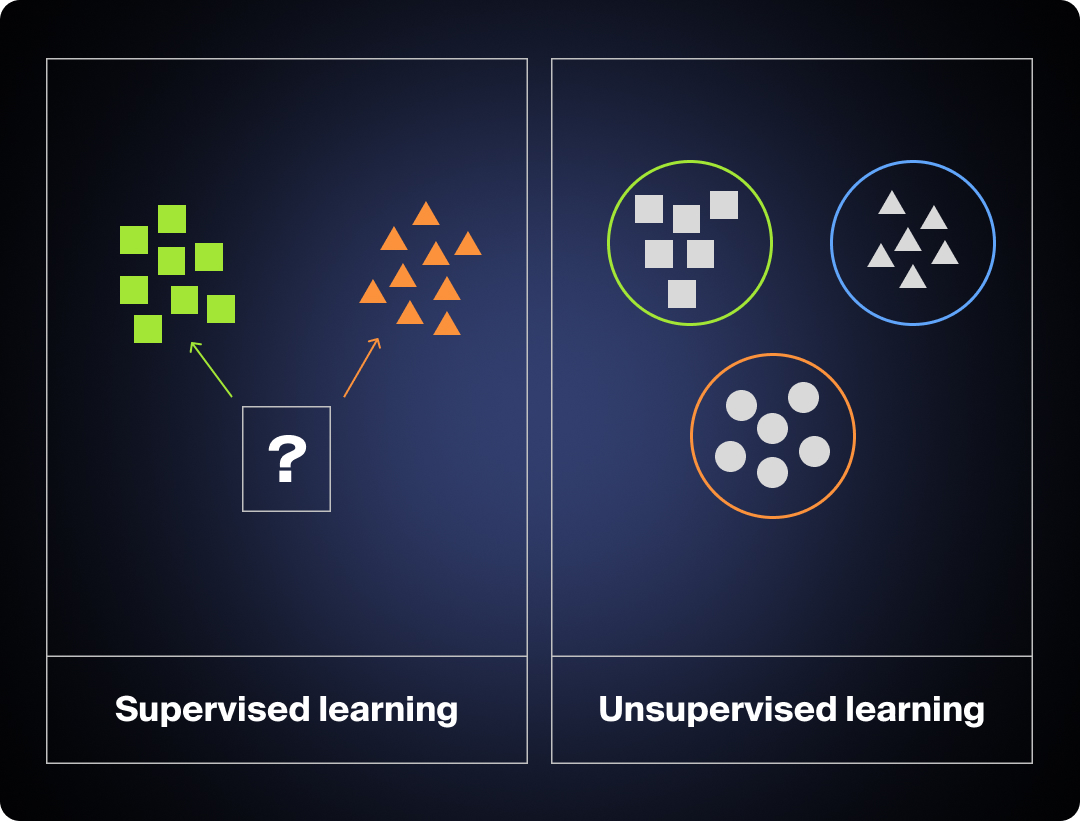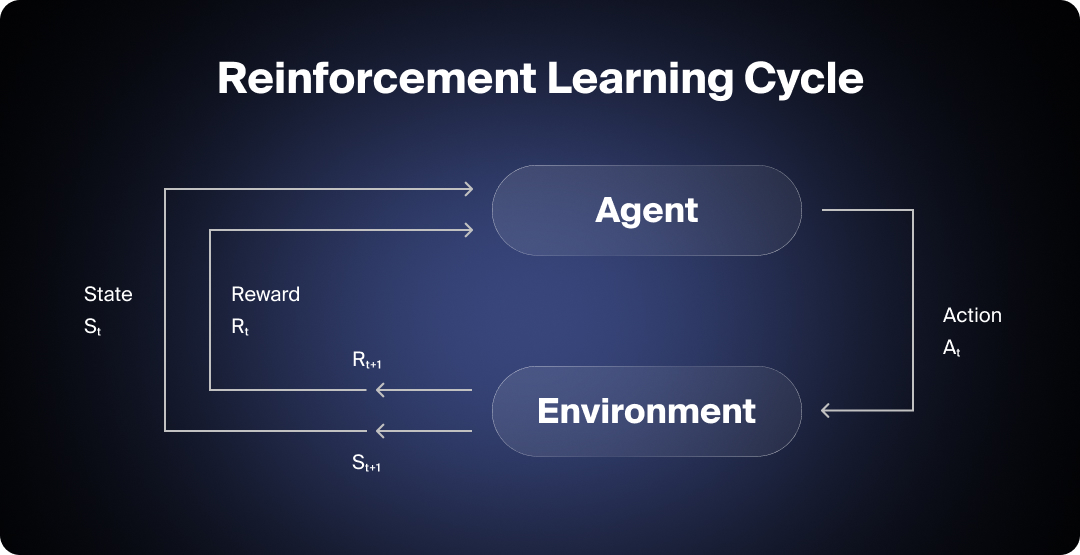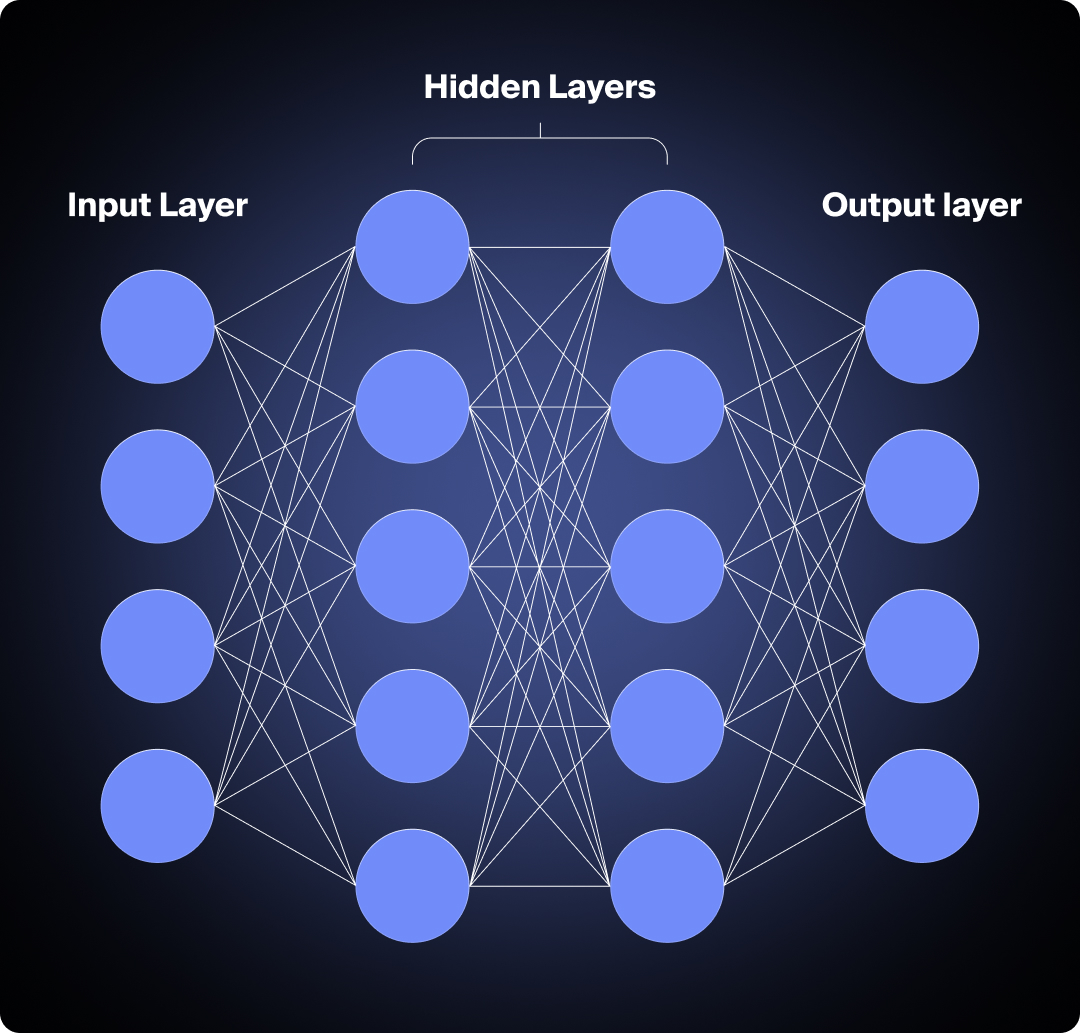

The prominence of AI search in shaping consumer information-gathering, product research, and purchase decision-making isn’t news (or it shouldn’t be, if you’re here). But how exactly do the algorithms that LLMs and AI search engines use to surface their recommendations and responses work? And how can marketers take advantage of them to improve their Answer Engine Optimization (AEO)?
By knowing how AI algorithms interpret content (both in their training data and on the web), it’s possible to even further optimize your website and digital assets to improve visibility in LLMs, voice assistants, and answer engines. Let’s not waste any more time, shall we?
AI algorithms are step-by-step instructions coded into artificial intelligence that are used to “learn”, reason, and make decisions autonomously. When it comes to AI search, these algorithms directly impact how data is processed in order to rank, summarize, and generate answers to user queries.
To understand the impact of AI algorithms on your visibility in LLMs and AI search engines, let’s first cover the five predominant types of AI algorithms.
Understanding the most widely used AI algorithms and contextualizing them with practical applications is the first step in creating impact for your brand. Let’s get into it:
Supervised learning algorithms are trained on labeled datasets with a specified input-output relationship that is outwardly known. These algorithms learn by example, making predictions based on historical data.
Examples: Linear regression, decision trees, random forests, or support vector machines.
Industry Use Cases:
As the name suggests, unsupervised learning algorithms use unlabeled data to find hidden groupings, structures, or patterns.
Examples: K-means clustering, principal component analysis (PCA), and Gaussian mixture models.
Industry Use Cases:

Reinforcement algorithms learn over time and use a trial-and-error system; they “learn” by optimizing to receive a reward signal and are often used in dynamic environments.
Examples: Policy gradients, Q-learning, and Deep Q-Networks (DQN).
Industry Use Cases:

Now we get into the more complex AI algorithms; deep learning algorithms use neural networks to detect extremely complex patterns in massive datasets. These algorithms can also parse more than just text data (images, audio, video, etc.).
Examples: Convolutional Neural Networks (CNNs), Recurrent Neural Networks (RNNs), multimodal AI, and NLP Transformers.
Industry Use Cases:

Generative AI algorithms create “new” content based on existing data; they can also process multimodal inputs, similar to deep learning neural networks. This type of AI is the foundation of most LLMs and creative tools (such as Dall-E).
This is the type of AI algorithm that you are likely the most familiar with.
Examples: Generative Adversarial Networks (GANs), diffusion models, and generative pre-trained transformers (GPTs; sound familiar?).
Industry Use Cases:
Generative AI algorithms are the ones brands need to focus on if they want to boost visibility in AI search. These are the algorithms that power the tools we are most familiar with, and the ones that users are making their purchasing decisions on (ChatGPT, Perplexity, Claude, Gemini, etc.).
A few additional key details to keep in mind: AI search is the new frontier of digital discovery. That means these algorithms are always evolving, so it’s important to understand the trending direction of new developments, even if they don’t directly relate to your industry or the things you use AI for. Here are a few key trends as of August 2025:
The name of the game in AI search visibility is working within the generative algorithms that these models use to create content that is easy to scrape, parse, synthesize, and surface. With that, these inner workings, plus current trends in mind, let’s look at a few of the ways you can impact your visibility in AI search:
Content Tips for AI Visibility
AI algorithms are no longer just a behind-the-scenes mechanism powering search; they’re actively shaping how content is discovered, ranked, and surfaced in answer engines and LLMs.
Brands, don’t panic; this means visibility still depends on traditional SEO best practices, but with an added layer of AEO. Having strong trust and credibility signals across both search modalities shows how well your content aligns with the way AI systems learn, interpret, and deliver results.
The first step to optimizing for AI is to understand the underlying algorithms that power it. The future of search will be increasingly AI-driven, and brands that adapt their strategies now will be the ones most likely to capture user attention and trust tomorrow.


